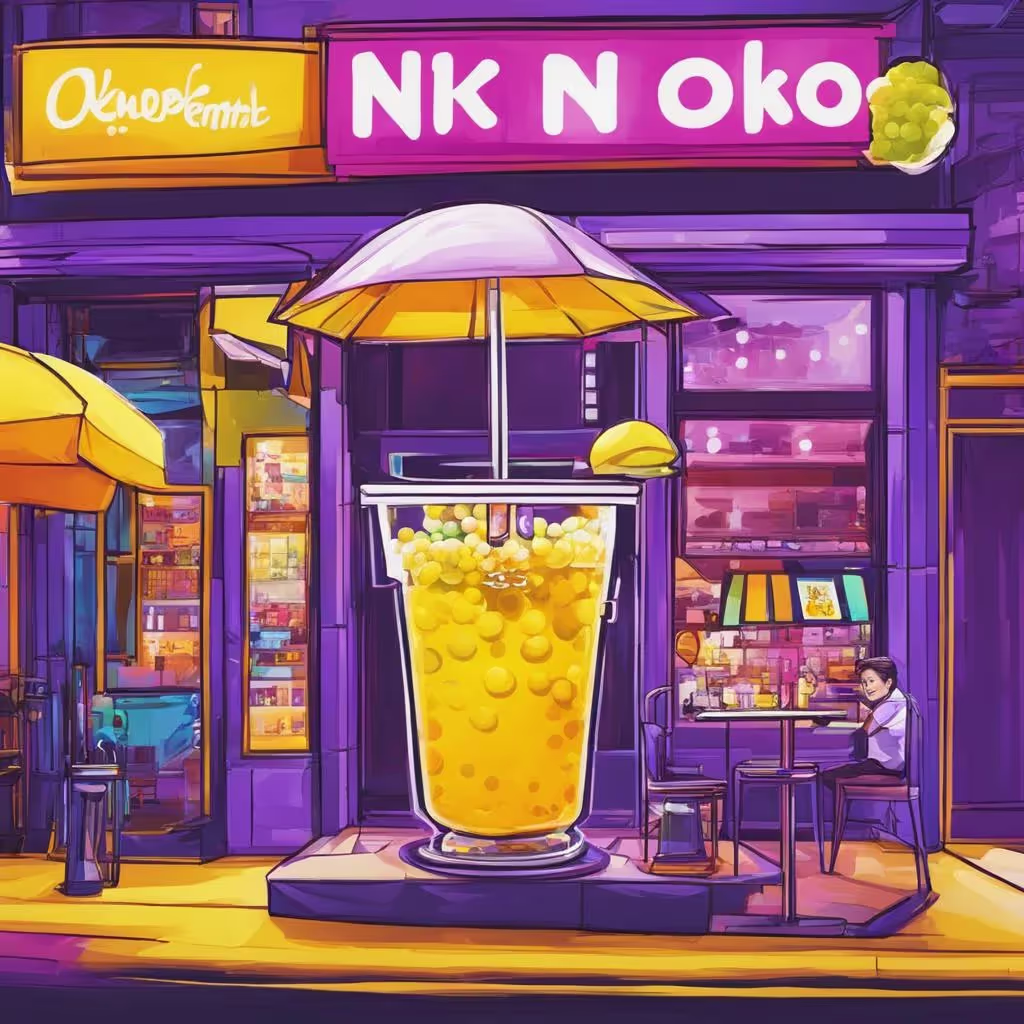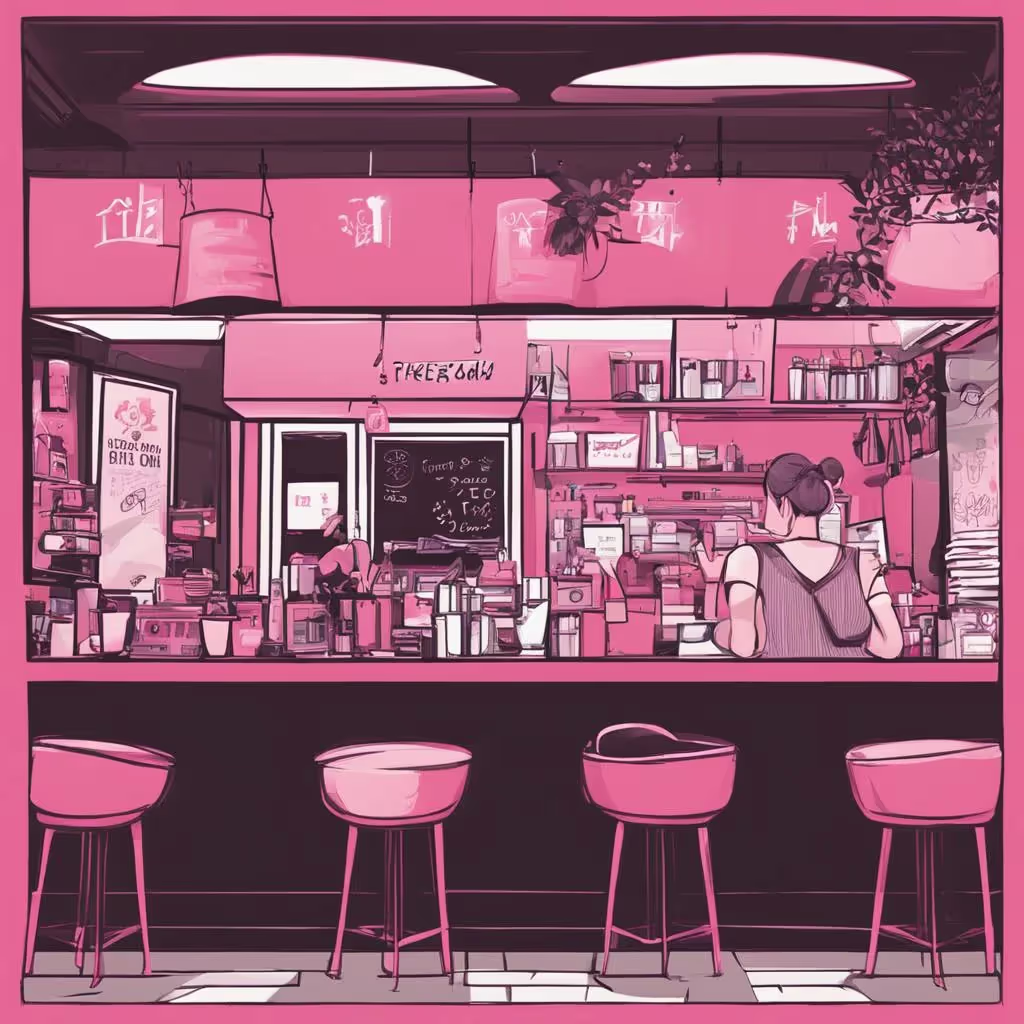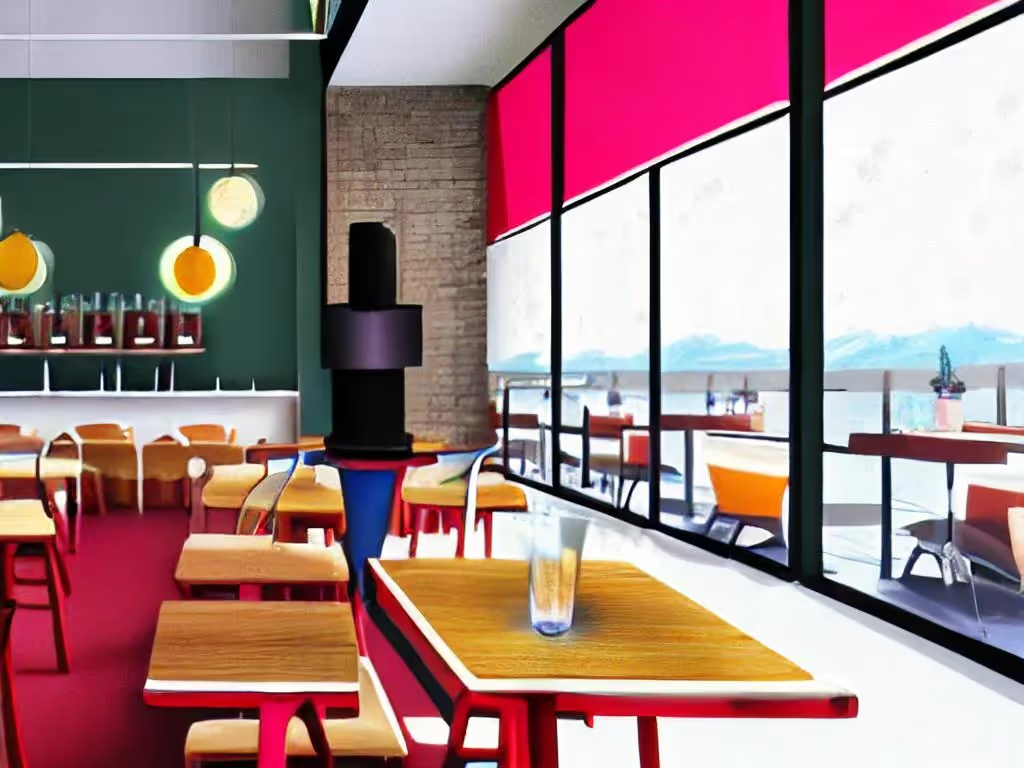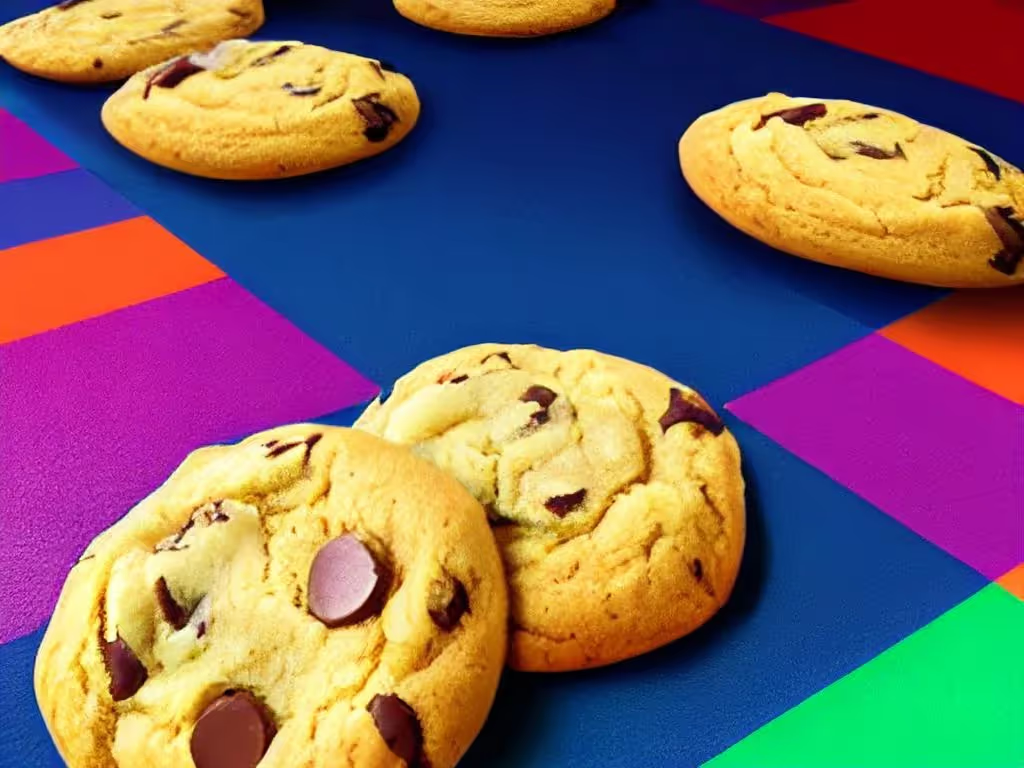TLDR
Contagious provides…interesting insights into factors that can help make an idea, a video, a commercial or a product become infectious —New York Times
Every restaurant owner dreams of having a dining room full of happy guests, buzzing with conversation about the amazing food they just tasted. Yet, many still rely heavily on ads, discounts, and paid promotions to pull people in. What often gets overlooked is something far more powerful than a coupon or a billboard. It’s real people talking about you when you’re not even in the room.
Word-of-mouth has always been the most trusted form of marketing. Research from the Wharton School shows that customers are about seven times more likely to trust a recommendation from a friend than any advertisement. That kind of influence is earned organically. And here’s the thing: the most talked-about restaurants have mastered something that costs almost nothing to create—a menu that sparks conversation.
Marketing professor Jonah Berger’s book Contagious reveals six psychological triggers that make things spread like wildfire. Today, we’re applying that science to your menu, breaking down his hacks you can use right now to make your dishes the star of every table talk, group chat, and Instagram story.
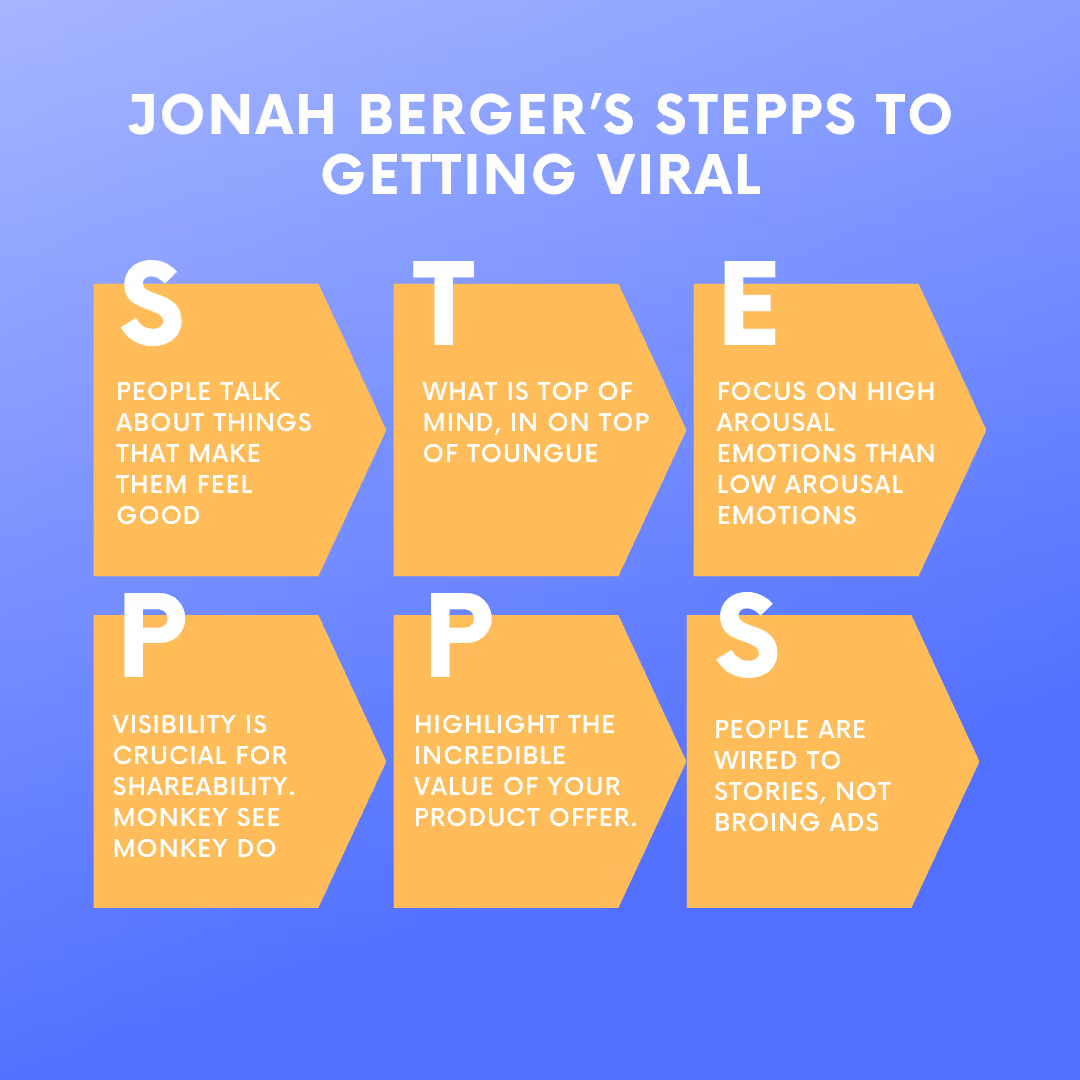
What Makes People Share? A Quick Reality Check for Restaurateurs
When customers share something about your restaurant, they are rarely just listing the dishes they ordered. People talk about experiences that make them feel good, make them look smart, or give them something fun to pass along to others. Sharing is not just about taste. It’s about emotions, identity, and connection.
Too often, menus are built like bland catalogues. Dish name. Price. Description. That’s it. There’s no spark that makes someone turn to their friend and say, “You have to try this place.” If you want people talking about your food long after they leave, you need to tap into what actually makes sharing irresistible. That’s where Berger’s STEPPS framework comes in.
Menu Hack 1: Give People Social Currency
People love to share things that make them look good or put them “in the know.” Your menu can give them that boost if you build in a sense of exclusivity, curiosity, or brag-worthy appeal.
Create Hidden Gems
Consider adding secret menu items that only loyal customers know about. Big brands like McDonald’s have built entire fan communities around app-only exclusive menu items. Smaller restaurants can do this even better. A chef’s special, only available to those who ask for it, can turn first-time diners into devoted regulars who feel like insiders.
Make a Dish Worth Talking About
In Contagious, Berger highlights a Philadelphia steakhouse that once offered a $100 cheesesteak. Did most people order it? No. Did everyone talk about it? Absolutely. A dish that is remarkable, outrageous, or truly unique naturally becomes a story people repeat. Maybe it’s a dessert the size of a small cake meant for the whole table, or a pasta dish made with a rare ingredient only available for a week.
Gamify the Menu
People like to feel lucky and they love having a story to tell. Your restaurant’s app can give them both. A feature like Spin the Wheel gives guests a quick thrill and a chance to win free sides, drinks, or a secret off-menu item. Combine this with a special high-value dish—for example, a large steak platter for winners only—and you instantly create something they want to tell friends about. It’s fun, it’s exclusive, and it gives customers a reason to keep coming back while spreading the word for you.
Social currency is about making guests feel like they’re part of something special, something others wish they knew about. Your menu can give them that feeling in a way advertising never can.
Menu Hack 2: Build Natural Triggers
People don’t just share what they love. They share what’s already on their mind. The best menus plant cues that make guests remember your restaurant long after they’ve left.
Tie Dishes to Local Flavor
Naming a burger after your city’s iconic street or a dish after a neighborhood landmark makes your food part of local conversation. When someone mentions that place or event, your dish naturally pops into mind.
Create Routine-Based Specials
Recurring specials like “Taco Tuesday” work because they sync with habits people already have. Tikka Shack, a Dallas restaurant, does this brilliantly with “Tikka Tuesday,” which they even promote through app push notifications. It keeps customers talking, sharing, and coming back for a weekly ritual that feels too good to miss.
Stay in Season and on Trend
Seasonal and trend-driven items create natural reminders. When pumpkin spice takes over autumn, a creative pumpkin-based dessert will have people mentioning your place in their conversations. A menu that adapts to what people are already thinking about has built-in word-of-mouth fuel.
Menu Hack 3 – Spark High-Arousal Emotion
When customers feel excited, amazed or even pleasantly shocked by what they see or taste, they cannot help but talk about it. Jonah Berger’s research shows that emotions like awe, surprise, and joy are powerful triggers for word of mouth. A menu that stirs these feelings creates moments guests cannot keep to themselves.
Dishes That Make People Stop and Stare
Some meals deserve a double-take. A sizzling platter arriving with a dramatic flame, a burger stacked so high it challenges anyone to finish it, or a dessert that oozes chocolate the moment it’s cut open. These moments beg for phones to come out and pictures to fly across group chats. A survey by Toast in 2024 showed that over 70% of diners post food photos online if a dish looks unique or exciting, and many tag the restaurant, turning one order into free advertising.
Words That Paint a Picture
It is not just how a dish looks, it’s how you talk about it. A bland “grilled chicken” won’t grab attention. But “wood-fired chicken marinated for 24 hours in a secret family blend” sparks curiosity and hunger. Even online, on your website or app, you can write these short, mouthwatering captions to highlight a dish. With Per Diem’s ordering app, you can easily add these irresistible descriptions and visuals so people know which dish they’ll want to brag about.
Menu Hack 4 – Make It Public
People often copy what they see others doing. If your menu items are more noticeable and shareable in public spaces, word of mouth spreads naturally.
Signature visual cues
Serve dishes that turn heads the moment they leave the kitchen. A sizzling platter arriving with a trail of steam, a cocktail with bright layers and a flaming garnish, or a dessert unveiled from a smoke dome creates a moment everyone notices. These small theatrical touches not only excite the person ordering but spark whispers and curious glances from nearby tables, often leading to “what’s that?” conversations and repeat orders.
Branded takeout packaging
Your food doesn’t stop selling once it leaves the restaurant. Thoughtfully designed takeaway boxes, bold stickers, or quirky messages on packaging can make people pause and snap a photo before eating. When customers post these photos, your branding travels with them, giving you organic exposure online without having to spend on ads. Restaurants that invest in unique packaging often find their delivery orders become mini-billboards in customers' social feeds.
On-table conversation starters
Place a small “secret tip” card or QR code on each table hinting at a hidden dish or a surprise deal. Guests who try it get a thrill from discovering something exclusive, and others around them quickly notice the excitement. It turns an ordinary dining experience into a shared moment of curiosity and fun, which can ripple through the dining room as others ask servers about the secret item.
Digital visibility through your app
Your mobile app can be more than just a menu. Highlight dishes that people are talking about the most with tags like “Most Shared This Week” or “Best Sellers” This gives customers a sense of joining in on a bigger trend, making them more likely to order and share it themselves. The more your app reflects real guest buzz, the more it fuels word of mouth both online and in your restaurant.
The easier you make it for people to see your most talked-about items, the more likely they’ll share them, both offline and online.
Menu Hack 5 – Make Your Menu Story-Ready
People love to tell stories, not just facts. If your dish comes with a story, it becomes easier to share. Berger points out that stories act like a vessel for information. When a dish is tied to a narrative, customers pass it along naturally.
Dishes With a Past or a Purpose
Every great dish has a story, but many menus never tell it. If your chef learned a recipe while traveling through Italy, or your steak comes from a small local ranch, give that story a place on your menu. People repeat details that make them sound interesting or connected to something special. A customer is far more likely to say, “You need to try their ravioli, it’s made from a recipe handed down three generations,” than just, “They have good pasta.”
Design for Talkability
A story is only as good as its spotlight. Give your menu a layout that draws the eye to these signature dishes. A simple highlight, a callout box, or a chef’s recommendation label makes these plates stand out. When people know the dish is unique, they remember it, recommend it, and share it both online and in conversation.
Final Thoughts
Word of mouth is still the most powerful driver for restaurant growth, and your menu can help you win it. The small details matter. A dish that sparks curiosity, a story that travels, a special that feels earned – these are the things people talk about. The more reasons you give guests to share your name, the less you’ll have to rely on ads to fill your tables. Start with one of these hacks, track how people react, and keep refining. Over time, you’ll build a menu that gets people talking and brings new customers through your doors every week.


.webp)


.webp)
.png)
.webp)

.avif)
.webp)
.webp)
.webp)

.webp)







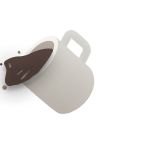


.png)
.png)







.svg)
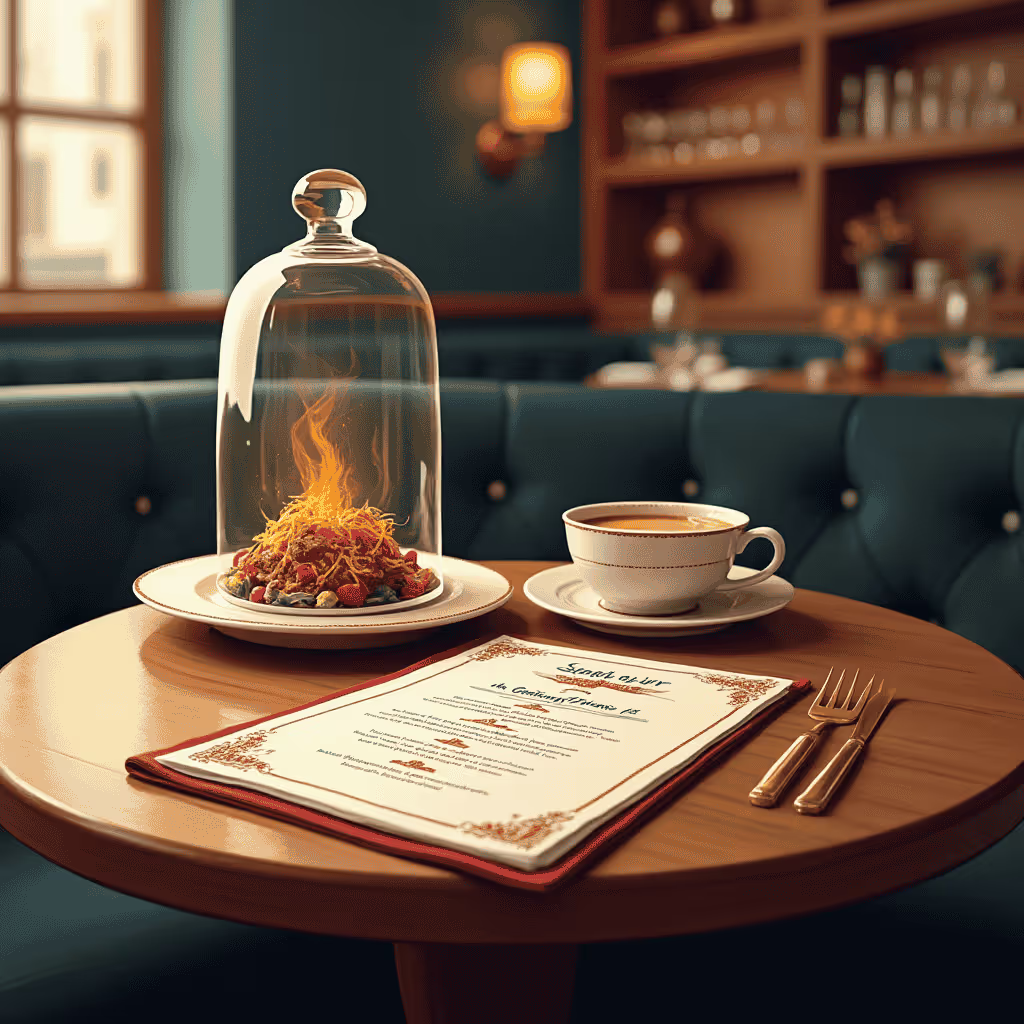




.svg)
.svg)
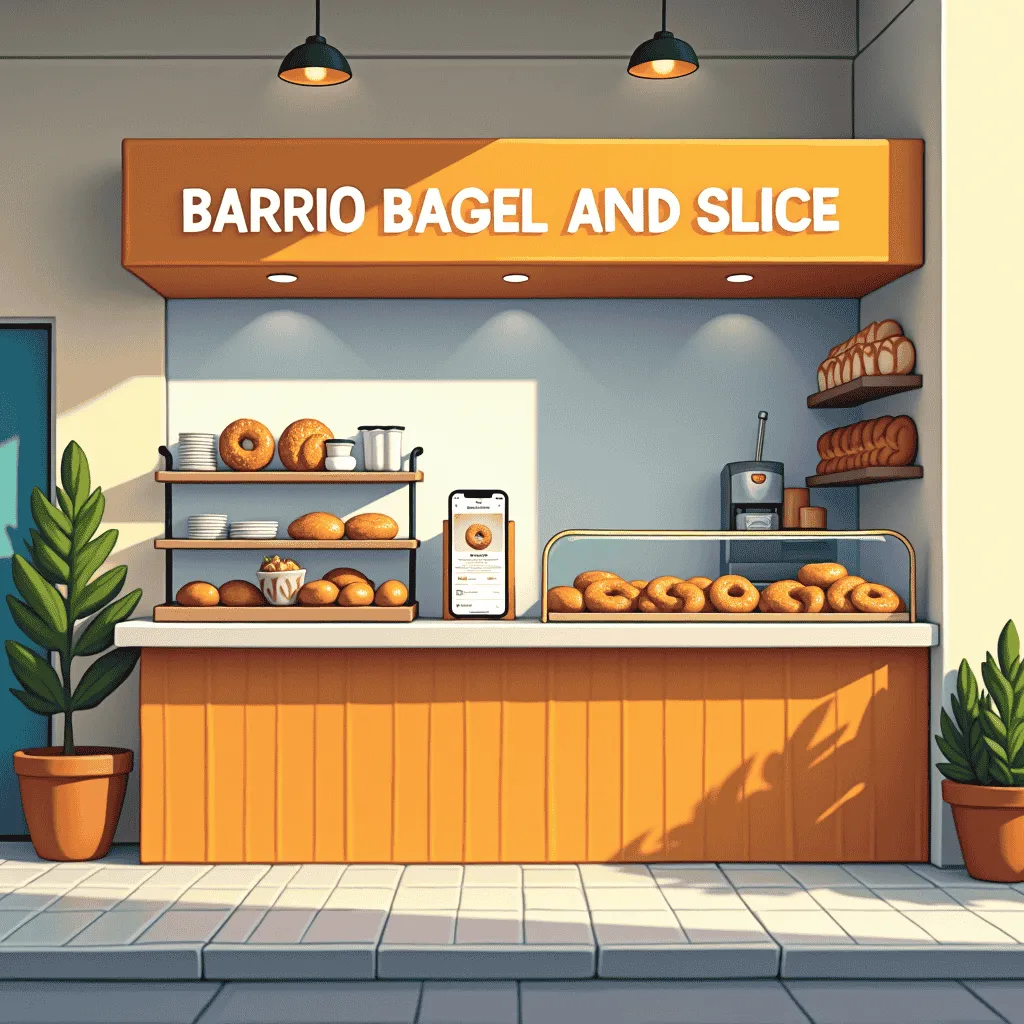

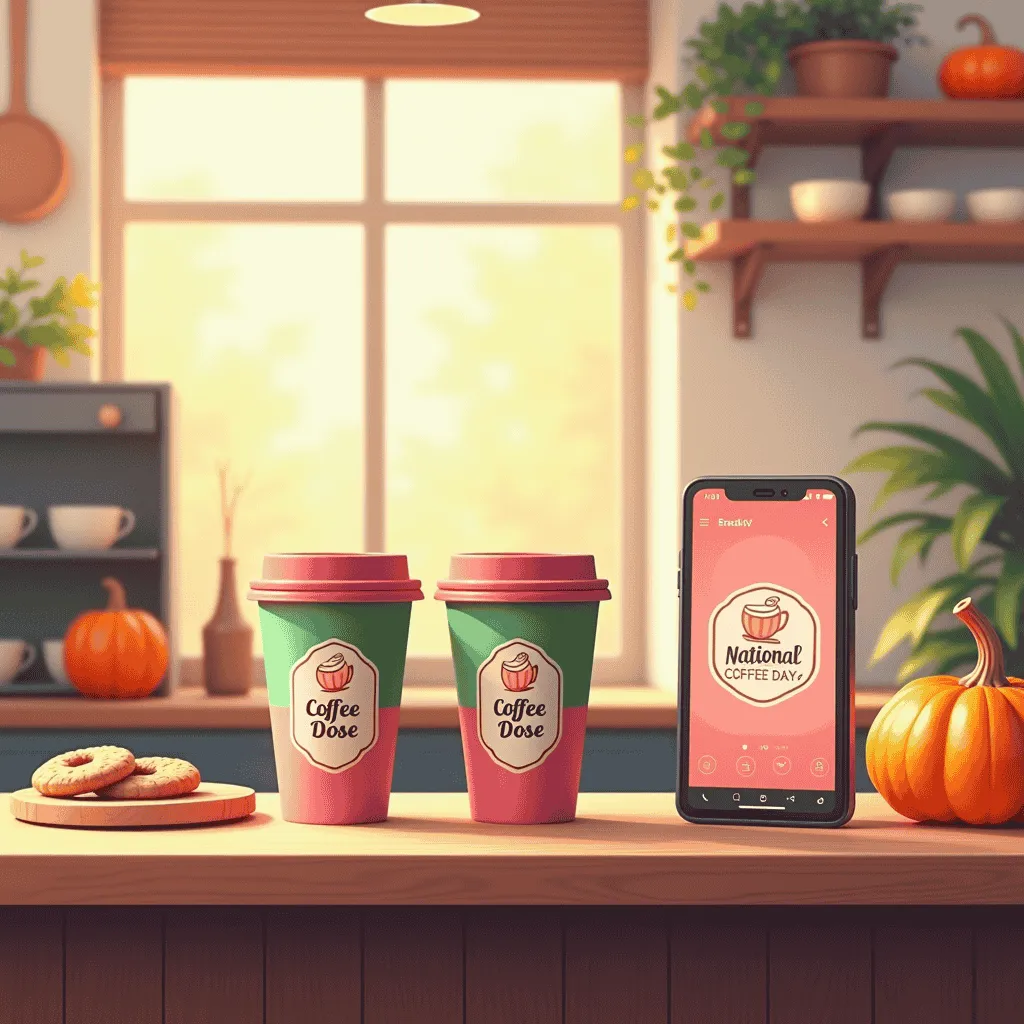

.avif)
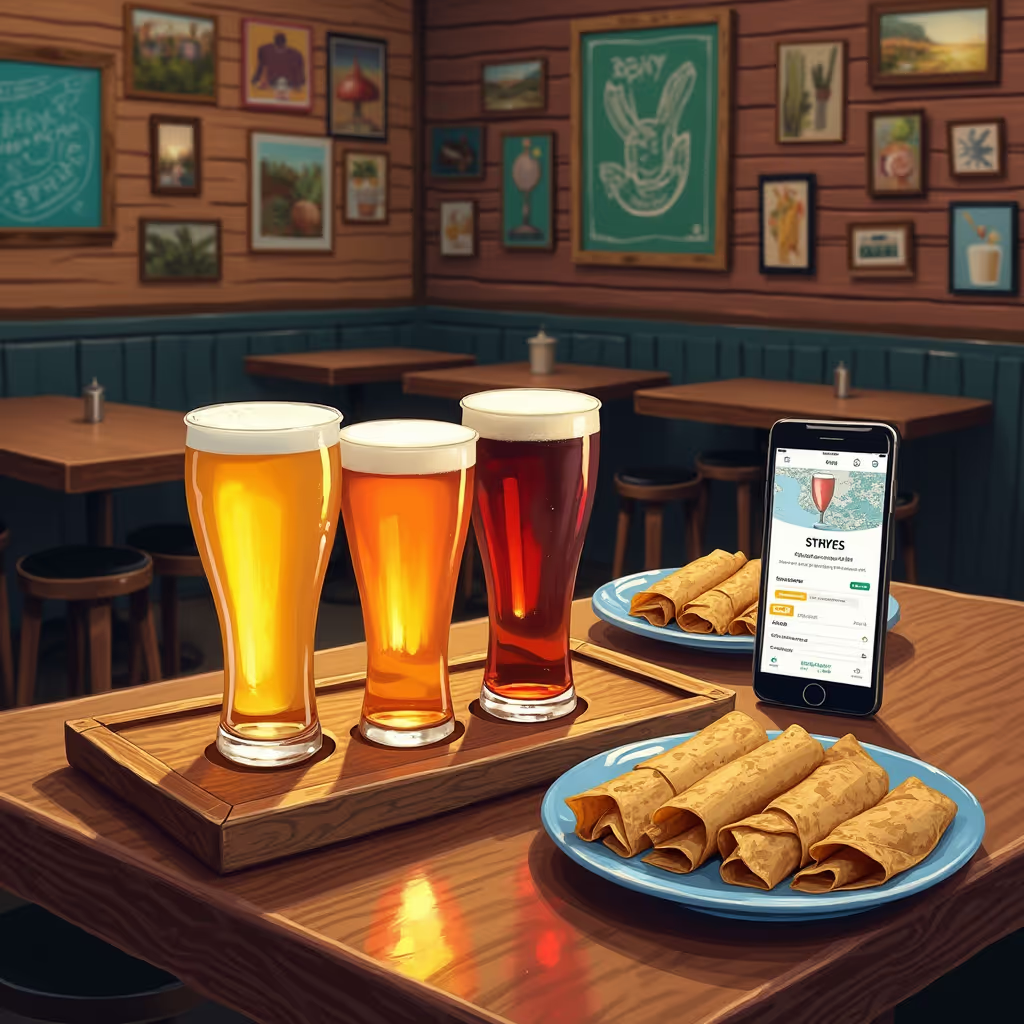
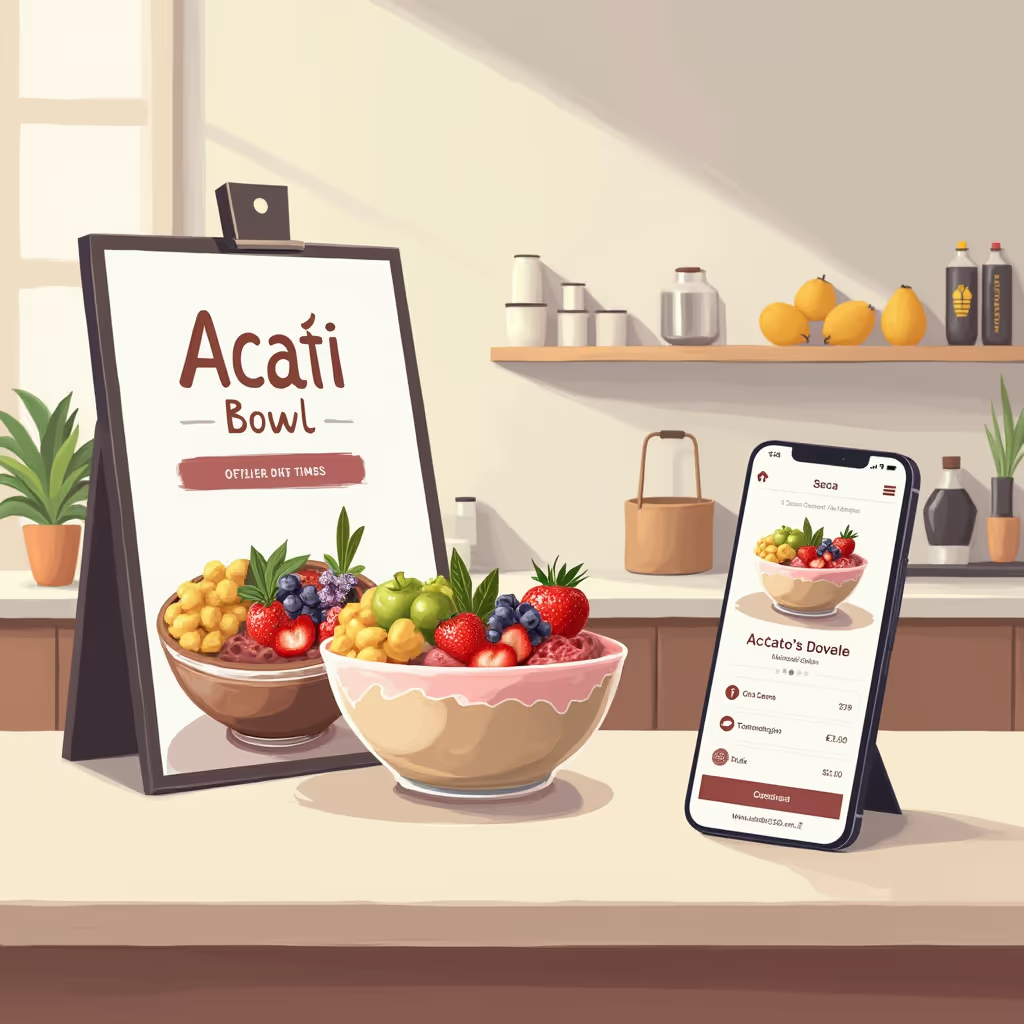
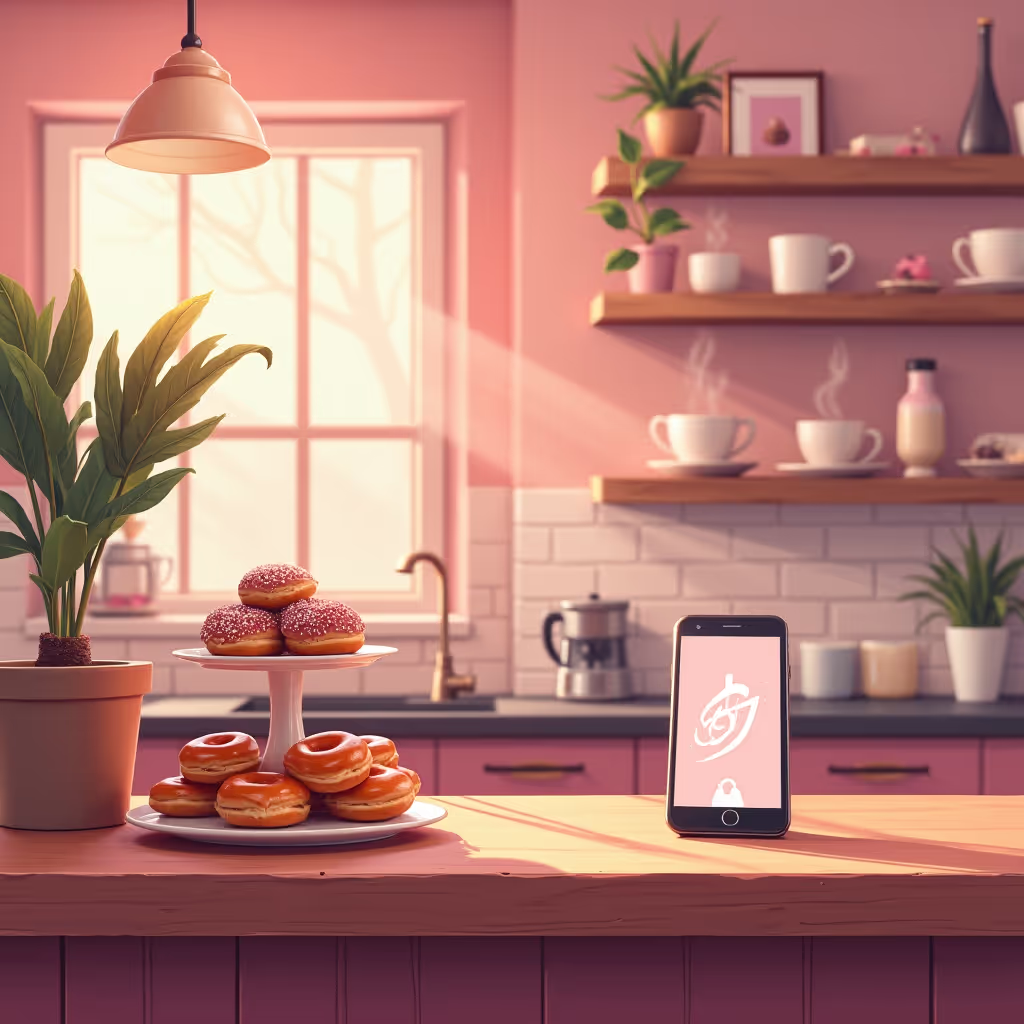
.avif)
.avif)
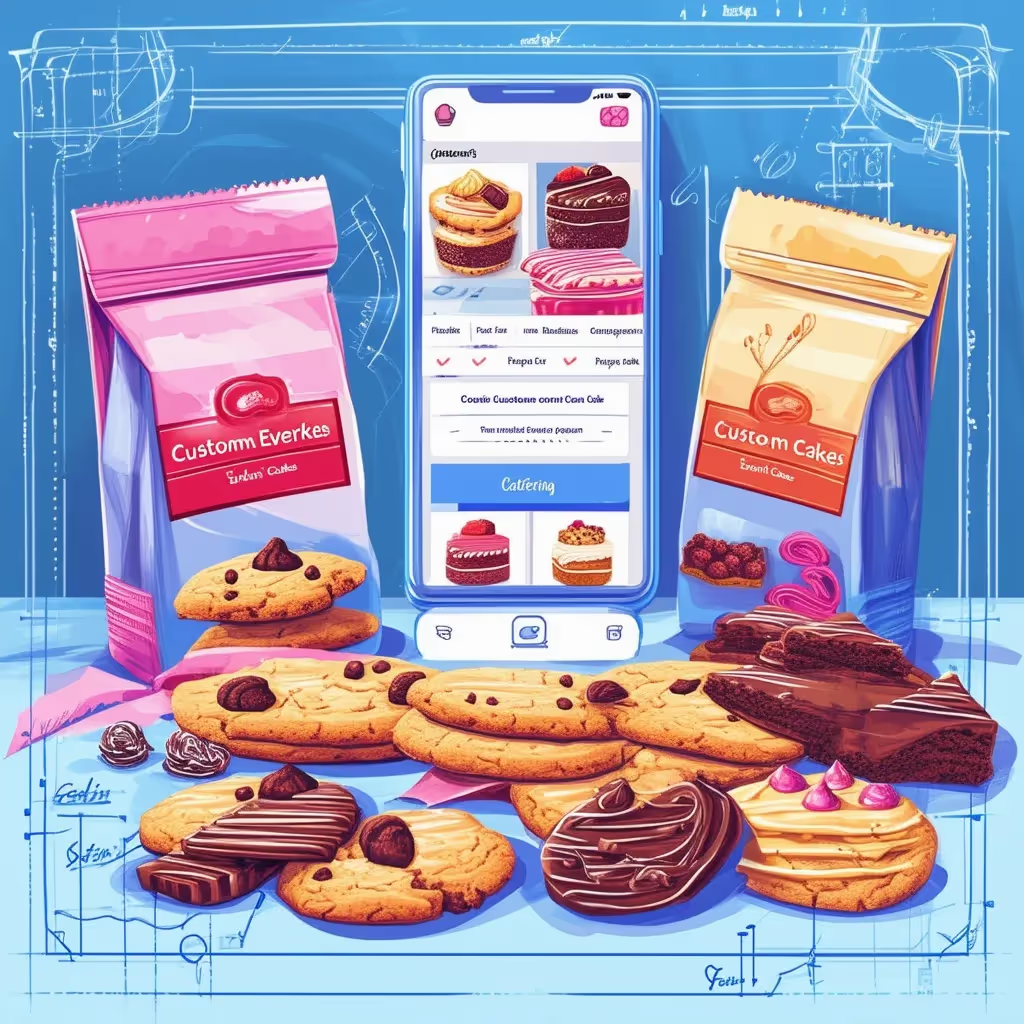
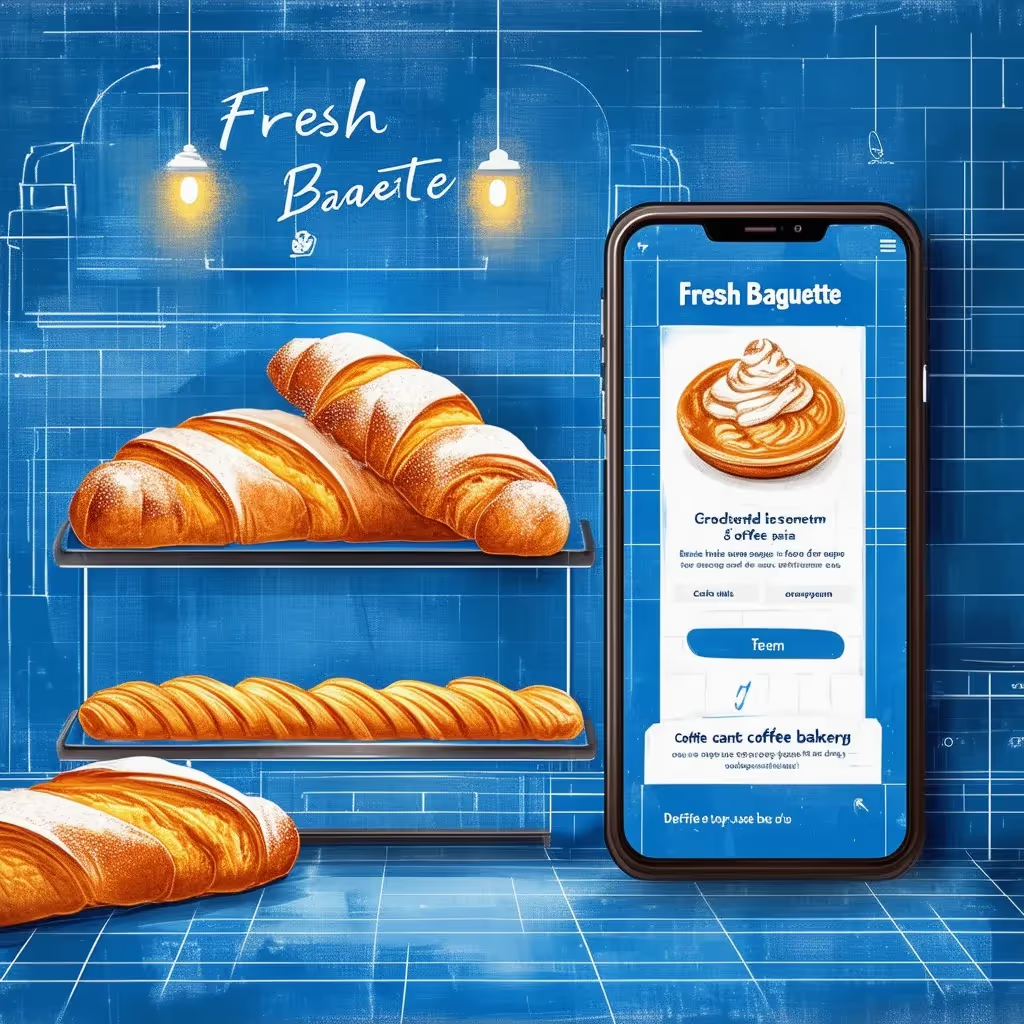
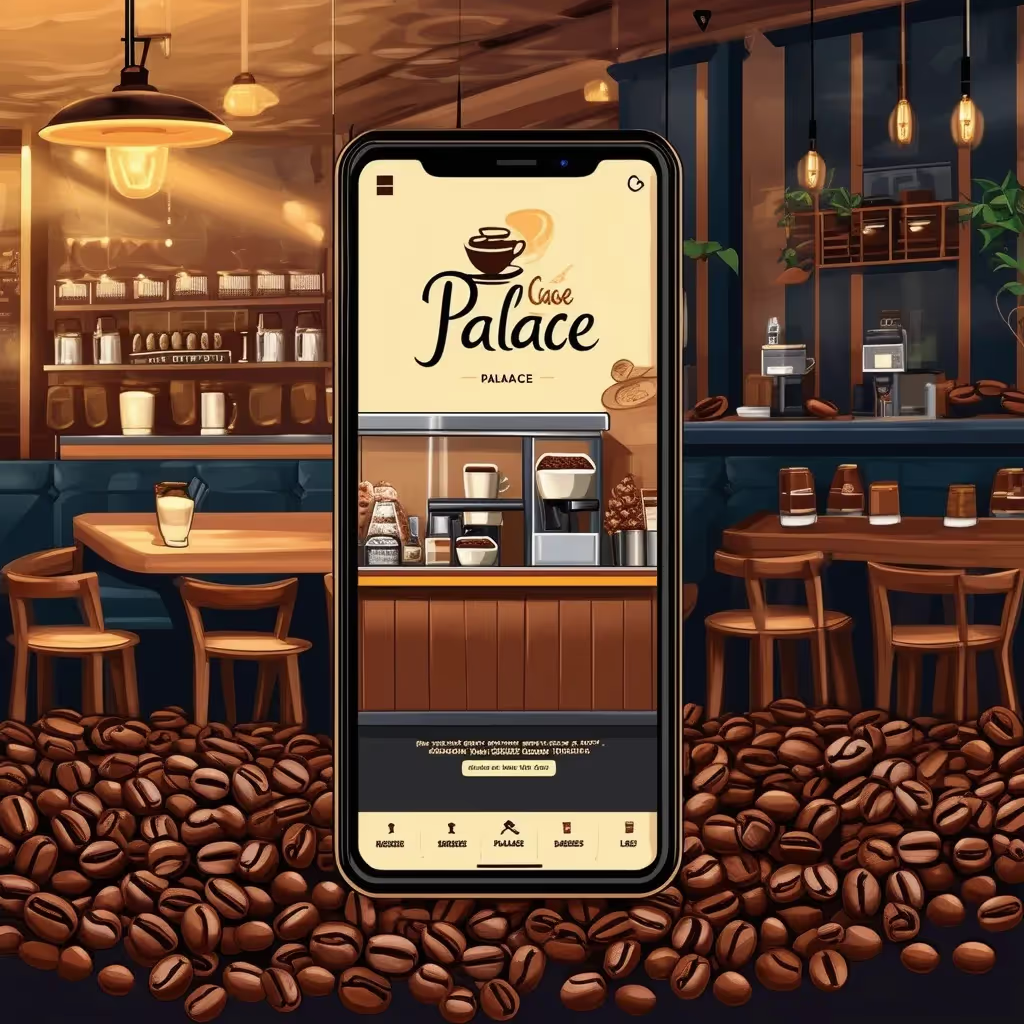

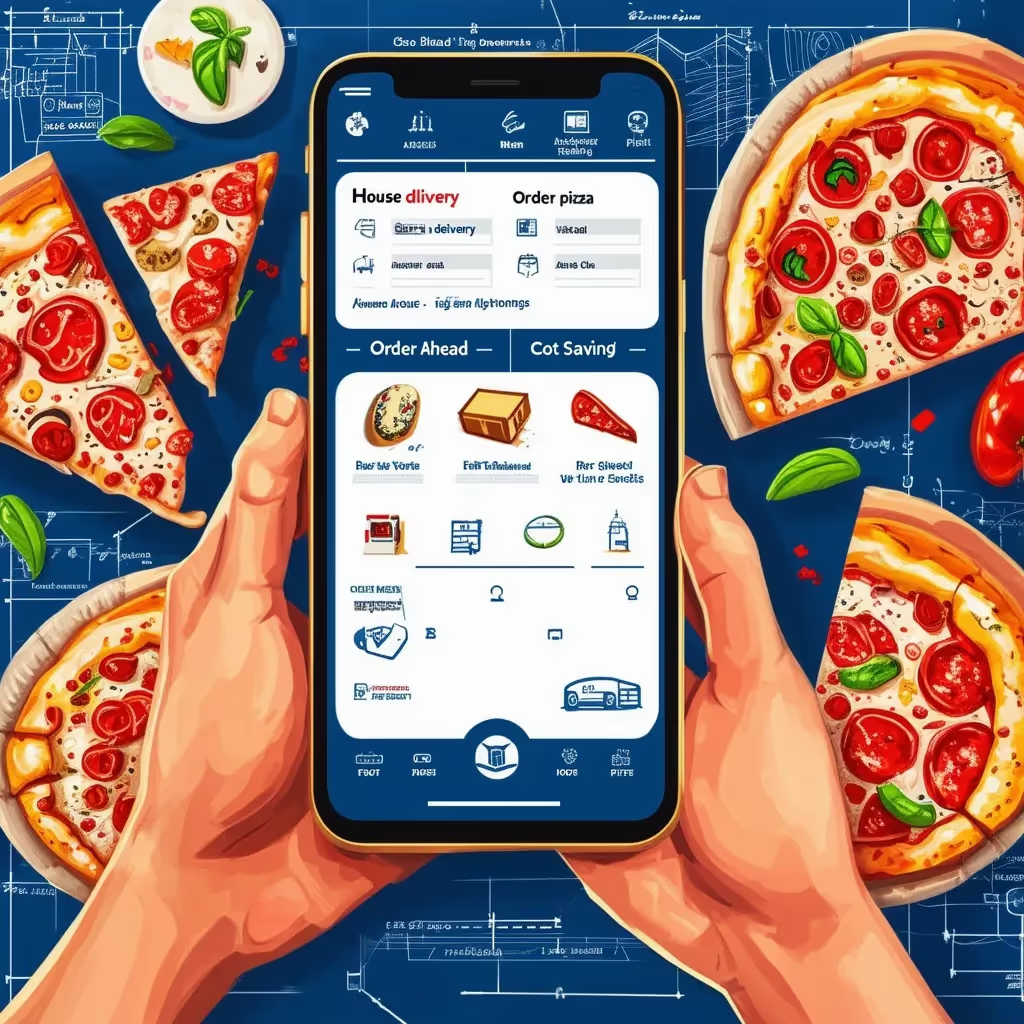

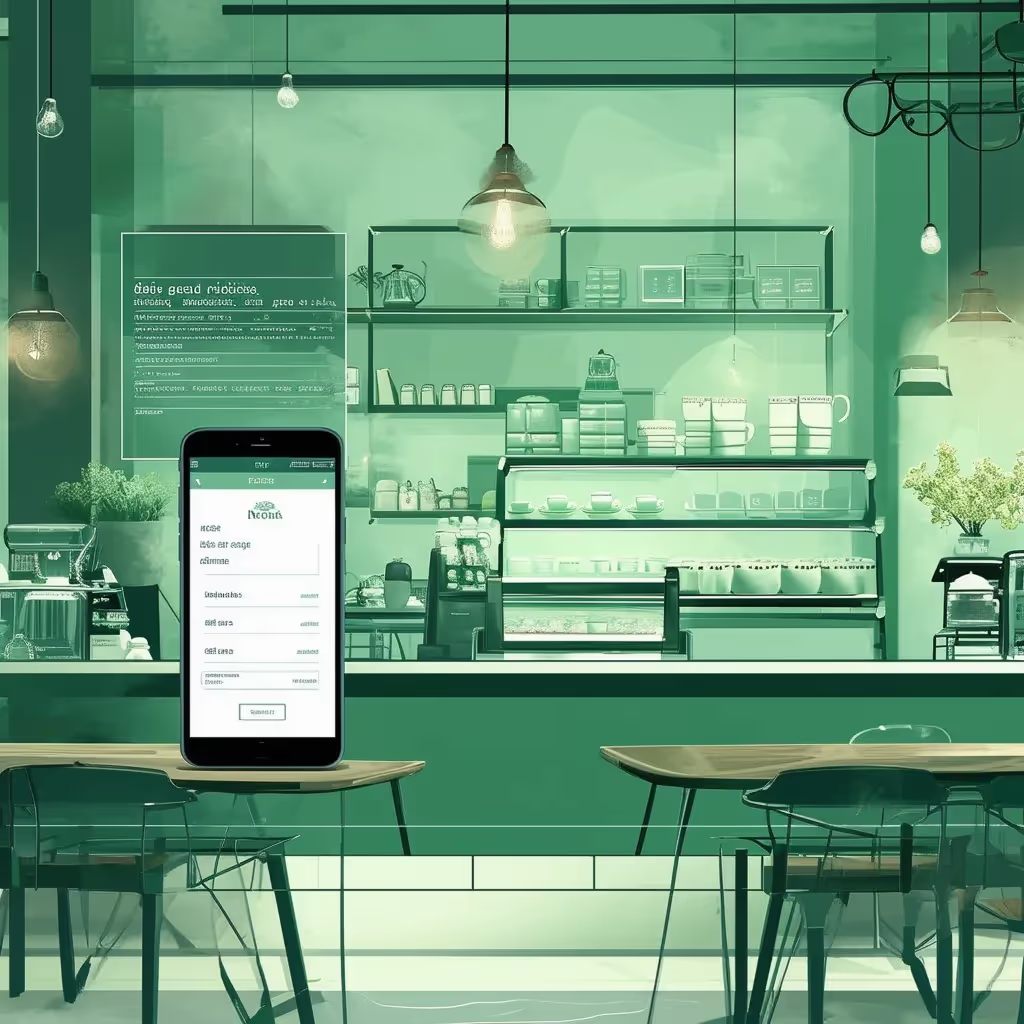

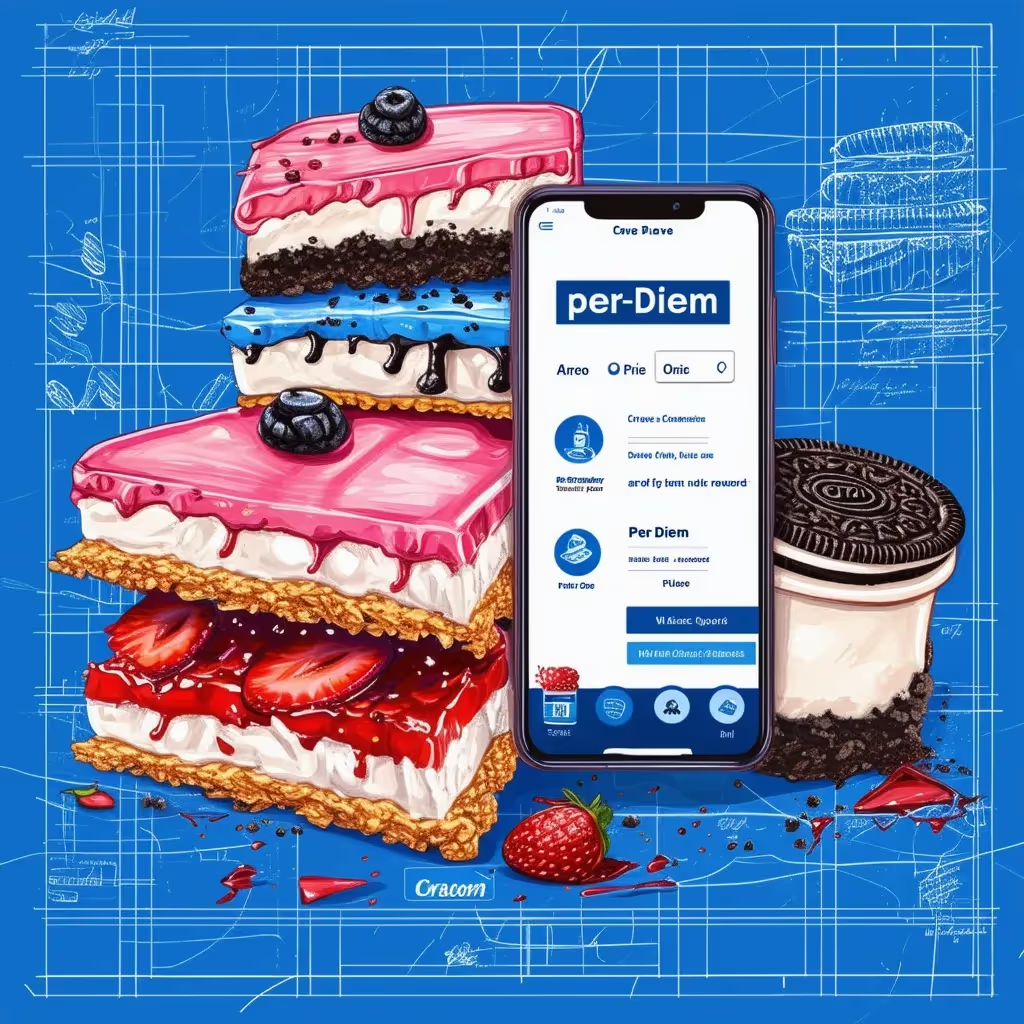
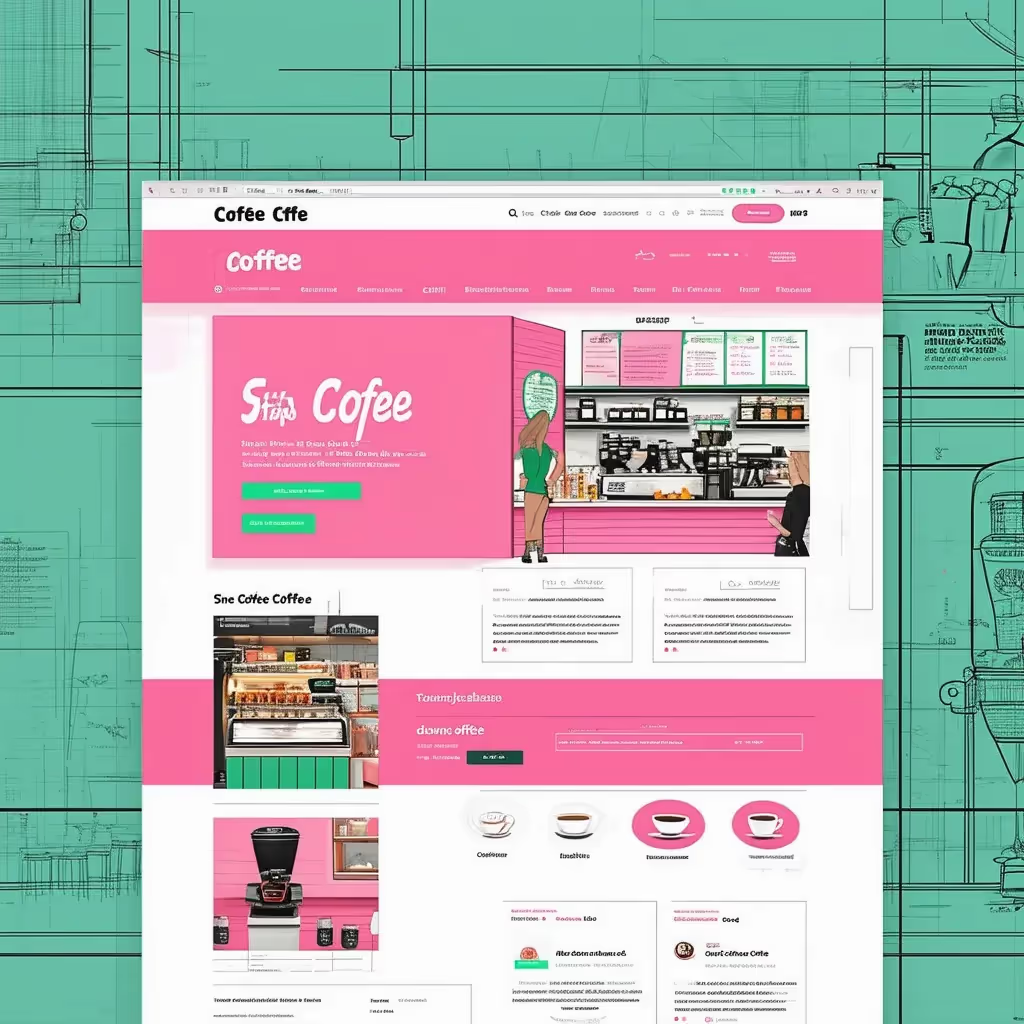
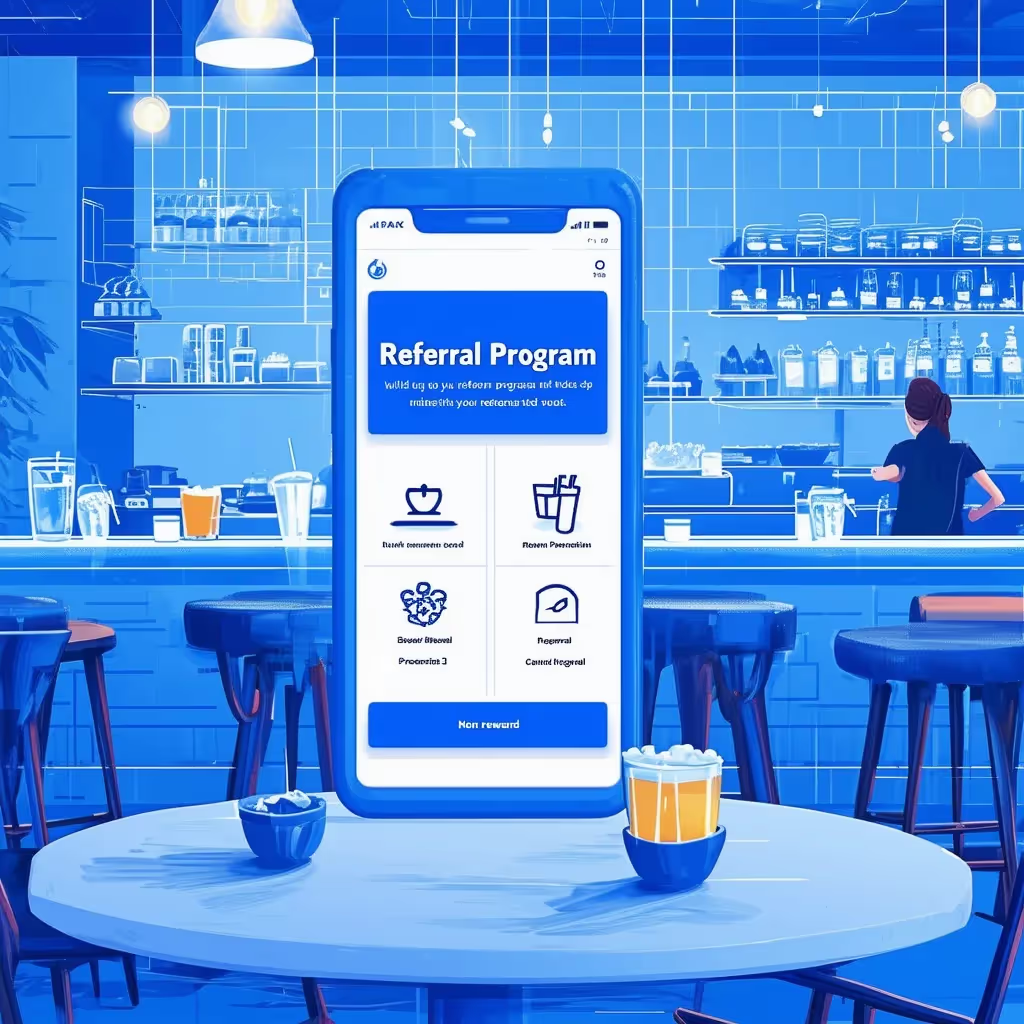


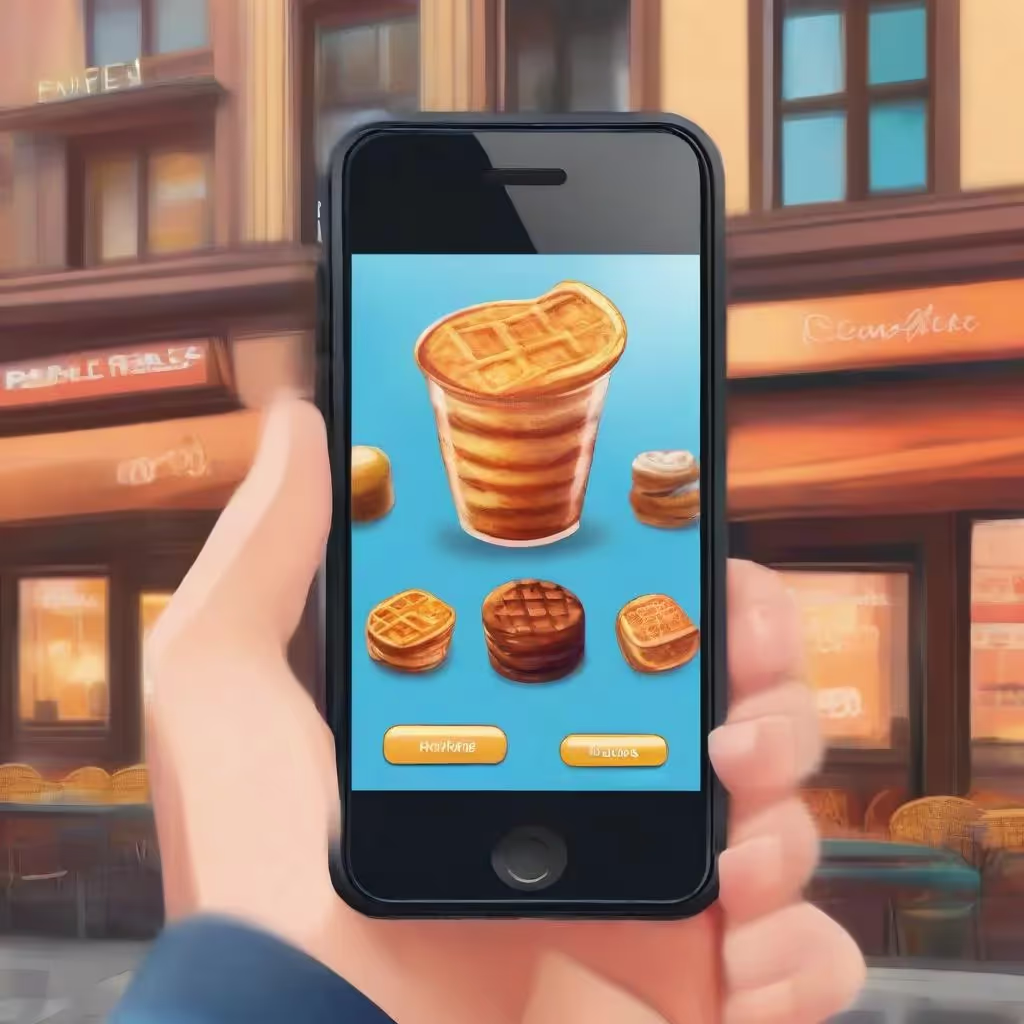
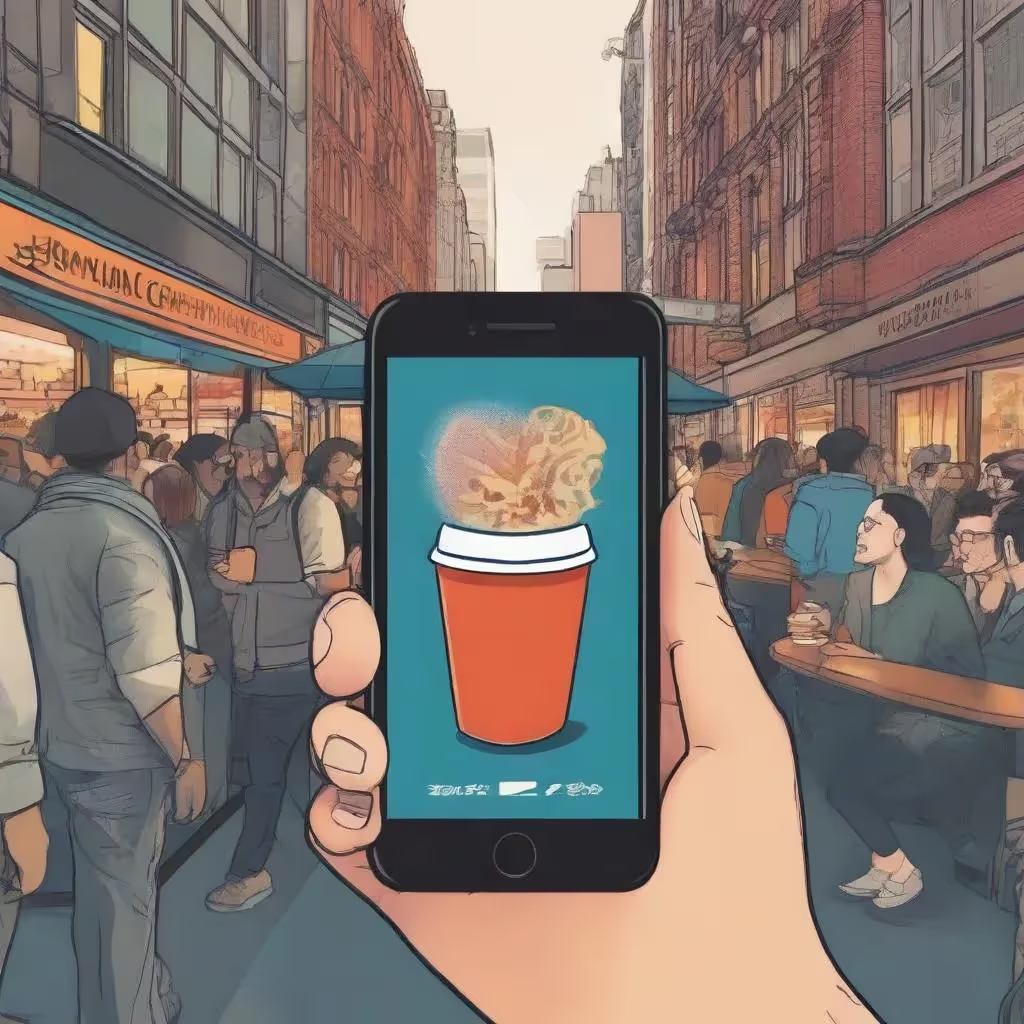

.avif)
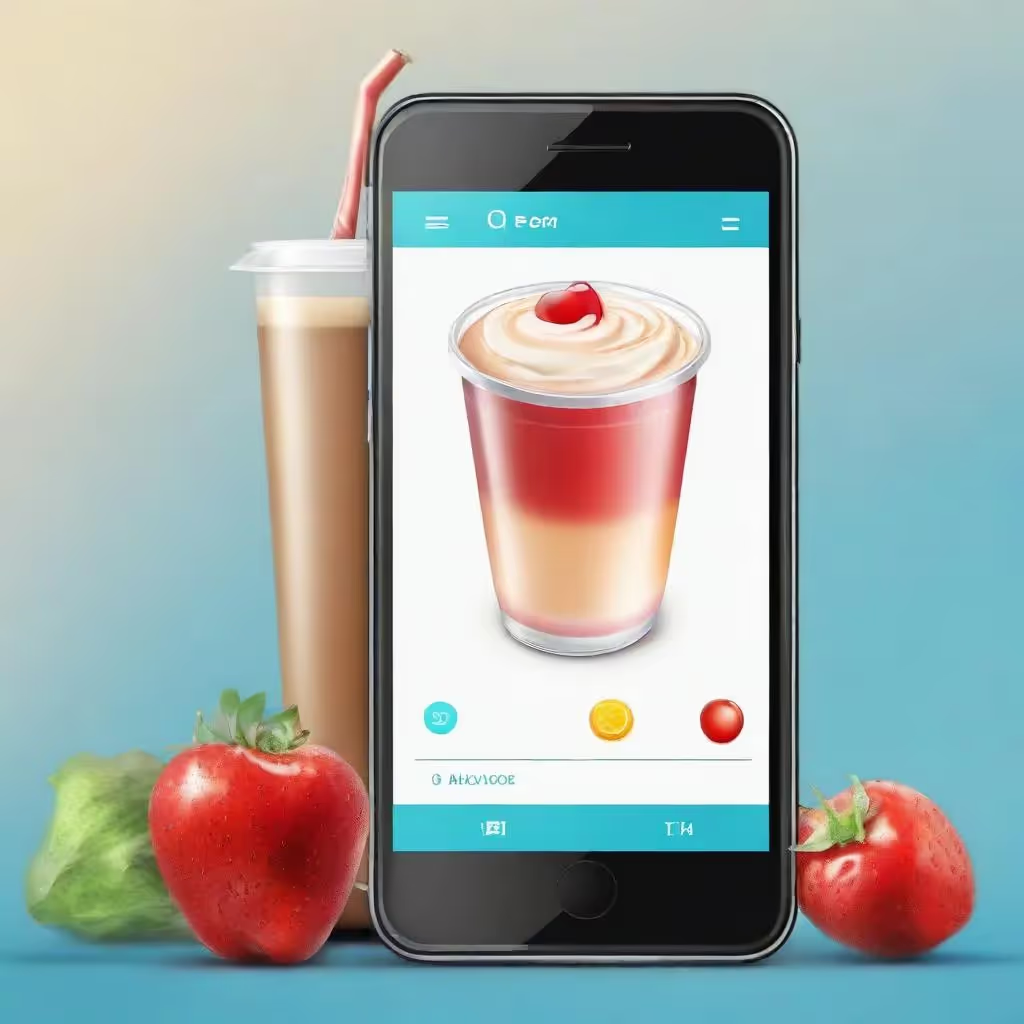



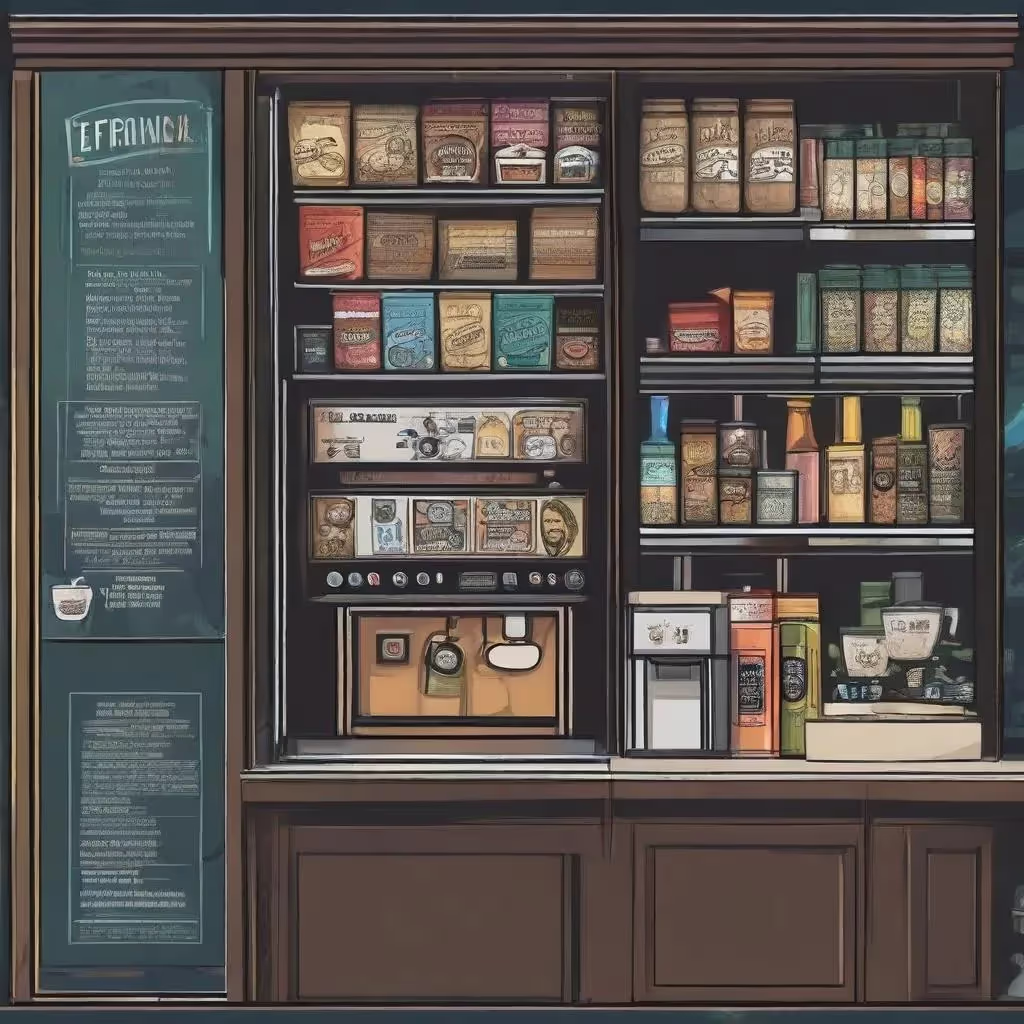
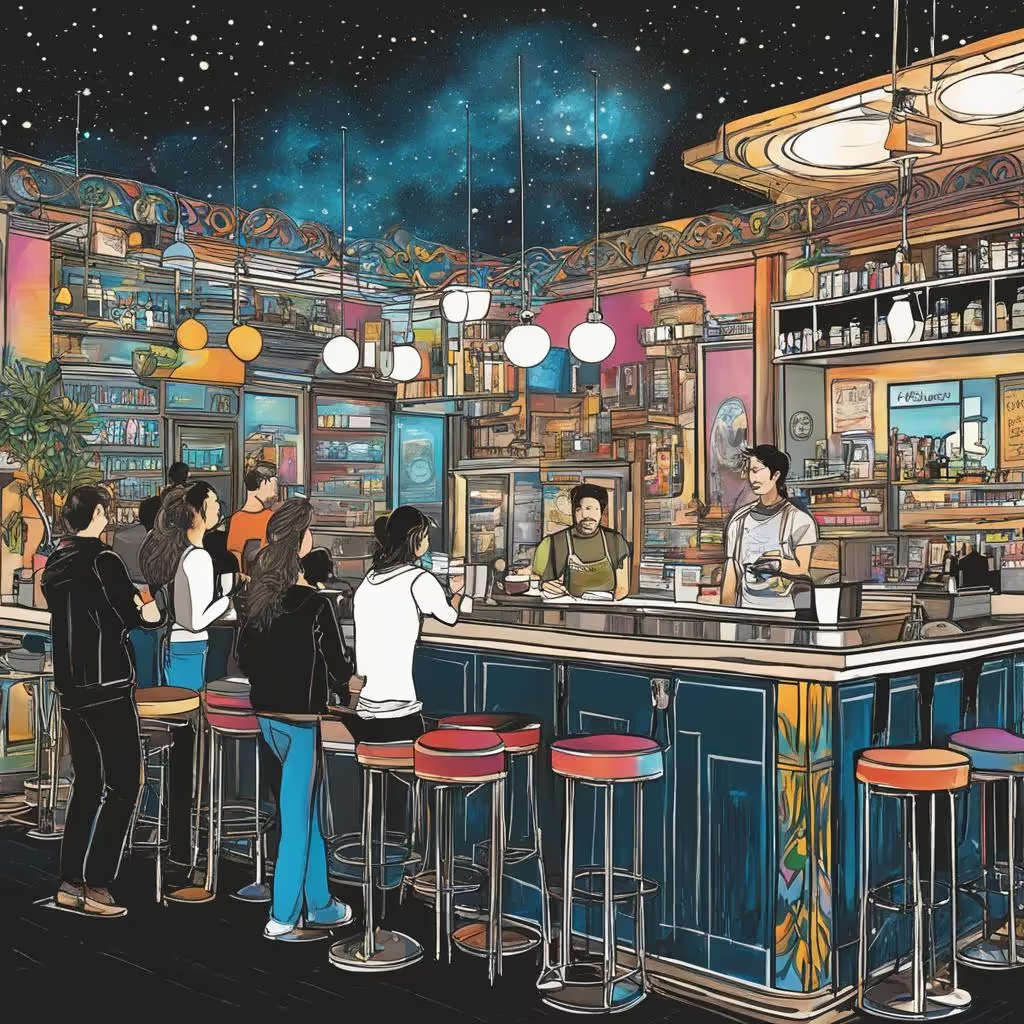
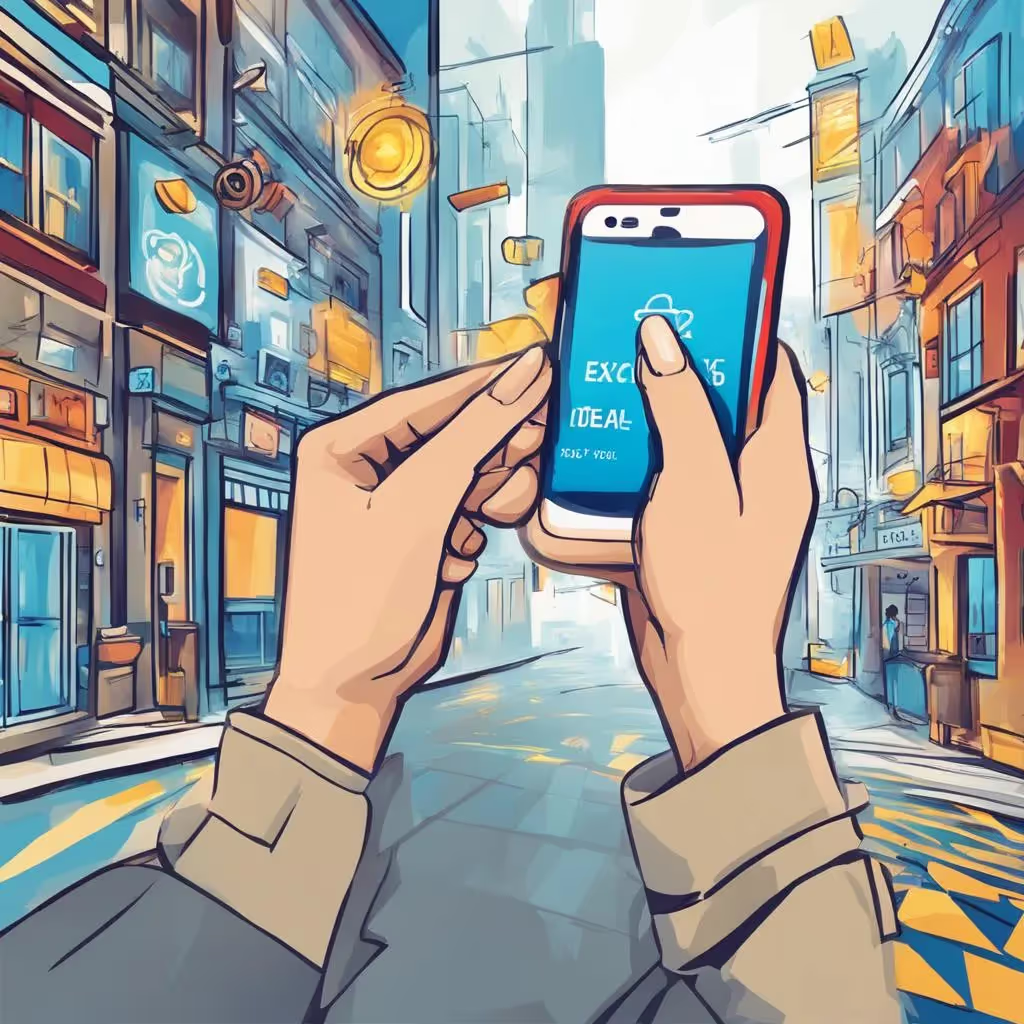
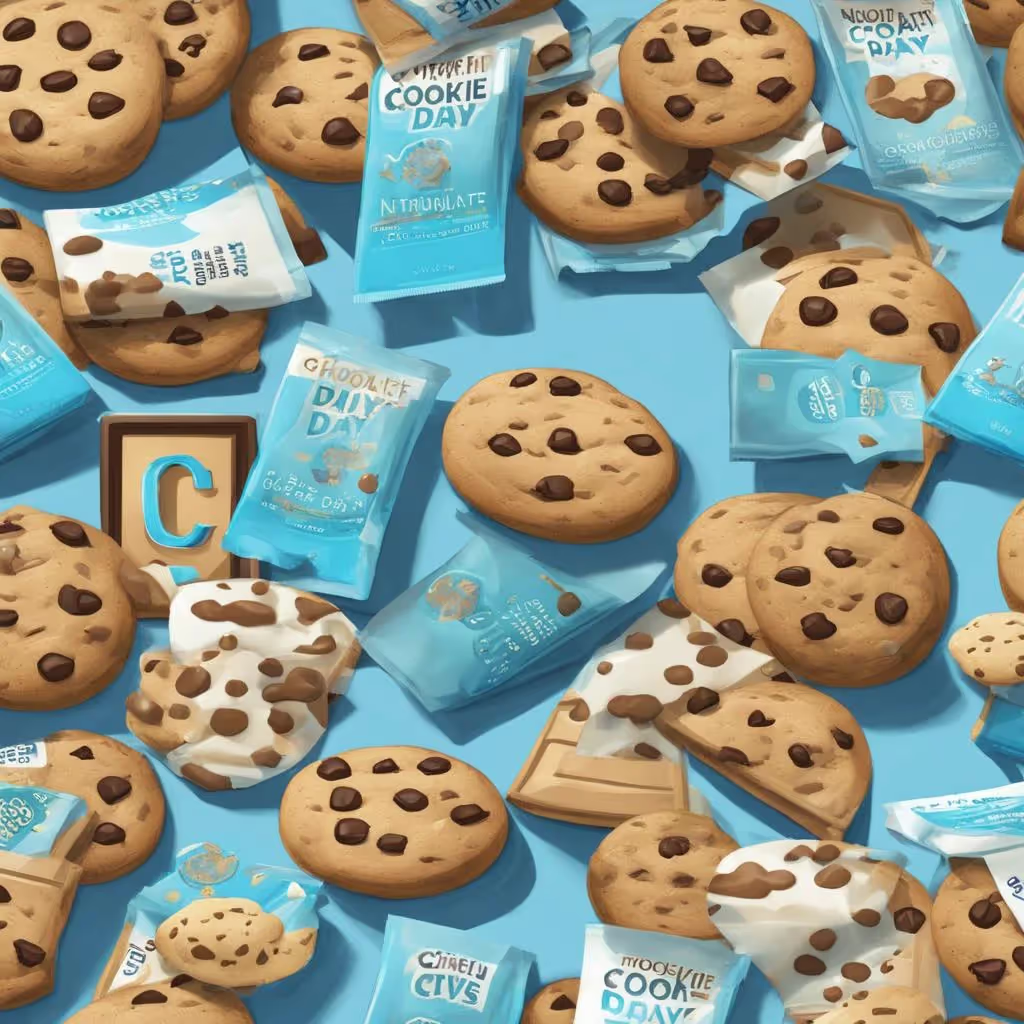
.avif)
